On Feb 15, 2020, I visited the Computer Museum at System Source in Baltimore, MD as part of a VCF Federation Repair Workshop weekend. The museum there is mind blowing. Want to see some pictures?
Warning: Image heavy page ahead!
Core memory modules and loose bulk magnetic cores.
MITS Altair 880, MITS 7440 Scientific Calculator, IMSAI 8080 and dual 8” floppy drives, IMSAI VDP-44.
The trinity: Apple ][, Radio Shack TRS-80, Commodore PET 2001
Commodore corner has a KIM-1, various Commodore calculators and adding machines, a telephone, and a beautiful manual typewriter.
Commodore corner also has C64, SX-64, a couple of PETs, Amiga 1000, Amiga 500 and 4000/040. Haven’t seen that A500 cover before.
The Apple display begins with an authentic Apple I (serial number 10!). The first owner installed it into this suitcase— an Apple laptop?
More Apples! A huge, really nice Apple history from the IIe to the Mactintosh. Probably the nicest IIe Platinum I’ve seen, Apple IIc, and the Newton drawer.
The Macintosh display on the back wall covers just about every size, shape, and color there was.
A couple of Cray supercomputers, nbd.
Several racks of DEC minicomputers, each with their own color palette and front panels.
Radio Shack checking in with a TRS-80 Model 12, CoCo3, PC-2, and 1000SX.
More DEC including the Pi-based reproductions in the foreground, DECmate, PDP-8 front panel, and a Letterwriter 100.
A collection of 4 IBM machines for punched cards including the 519 Reproducing Punch, 083 Card Sorter, 029 Card Punch, and 2540 Card Read Punch.
A Linotype typesetting machine (w owner Bob Roswell). This giant machine used the “hot metal” printing method. If you’ve never heard of it, see this 1978 NYT documentary on the last day of the Linotype machine to produce a newspaper.
An operator sits at the keyboard and composes a line of text. A keypress releases letter forms to compose a line of type. Line-o-type. This is then cast in molten lead to create a slug of text that’s assembled into a large printing plate. The forms are then returned and resorted.
Linotype machines were used for almost a century until the 1970s gave way to photo then electronic typesetting methods. Love the juxtaposition of a Postscript RIP by Linotype parked next to the Linotype hot metal typesetter. Same purpose, different eras.
A legit phone booth with working phone! Did you bring your red box? Having not stepped into a phone booth in many years, it felt very small inside.
Three kinds of early picture phones. The Bell System Picturephone, AT&T VideoPhone, and Panasonic Visual Telecommunication System.
Selected consumer electronics including your phone does everything now, early cellular phones in bags, Seiko TV watch, and a Philco Predicta television.
Cast aside home video formats including Laserdisc, RCA SelectaVision CED, Sony Beta, and Cartrivision. Also a giant Pioneer LK-810 Laserdisc karaoke thing.
An InfoGear iPhone!
Giant collection of home video gaming platforms including the first ROM based system, the Fairchild Channel F (1976).
This was a repair workshop that happened to be at a computer museum. We found an old very dusty pen plotter in the warehouse. Could I get it working? Why yes, yes of course.
See anything you remember? Let me know in the comments section!






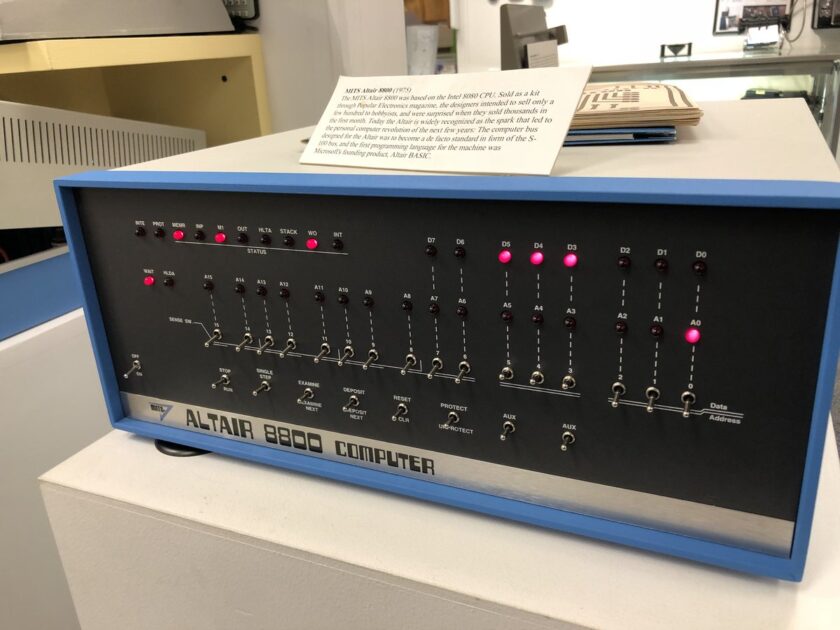

















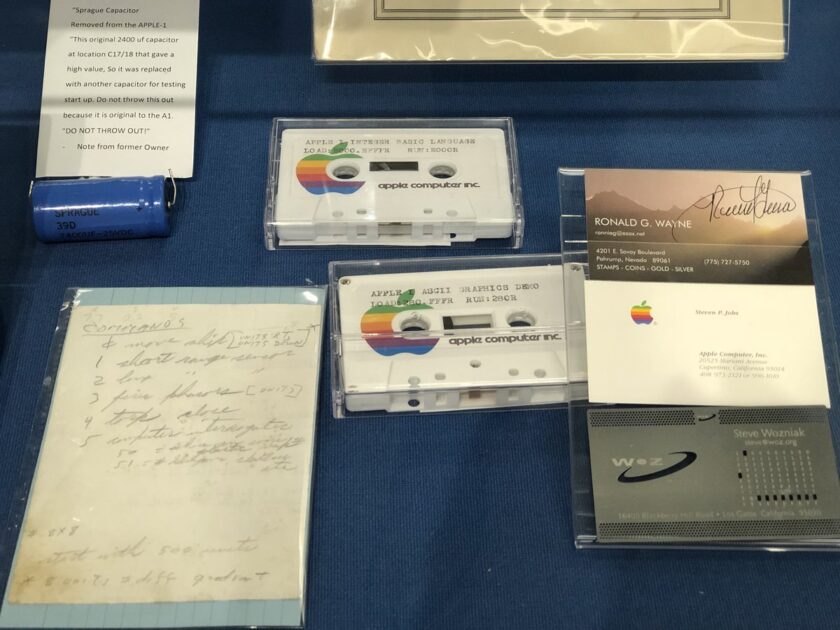

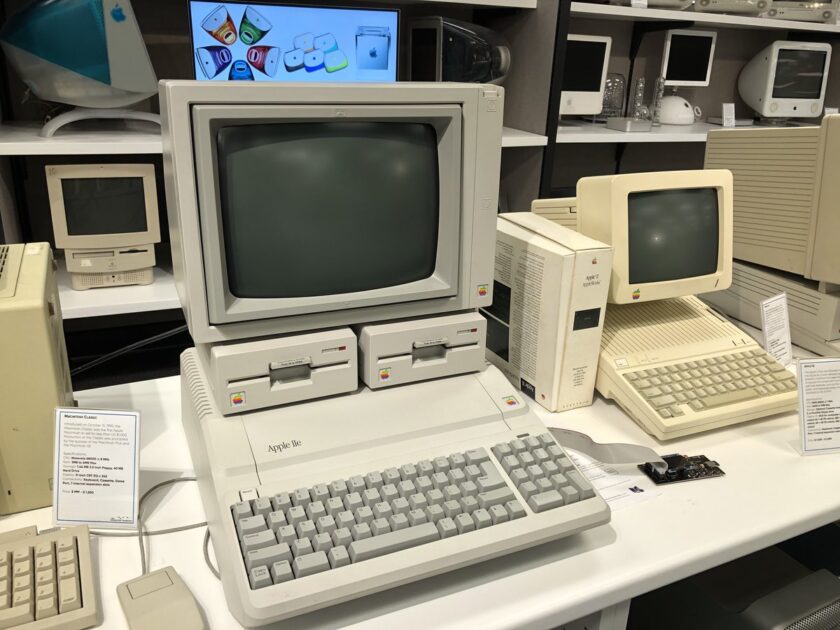









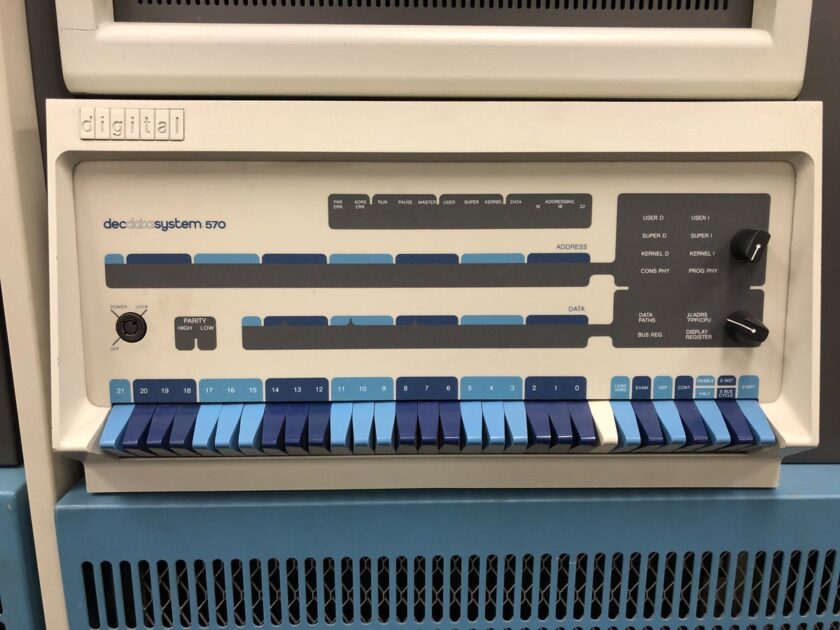
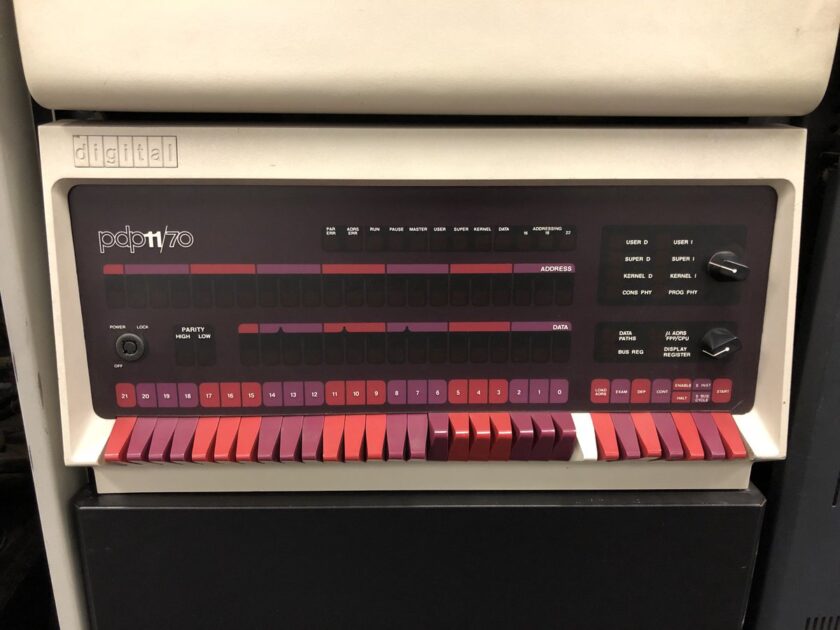





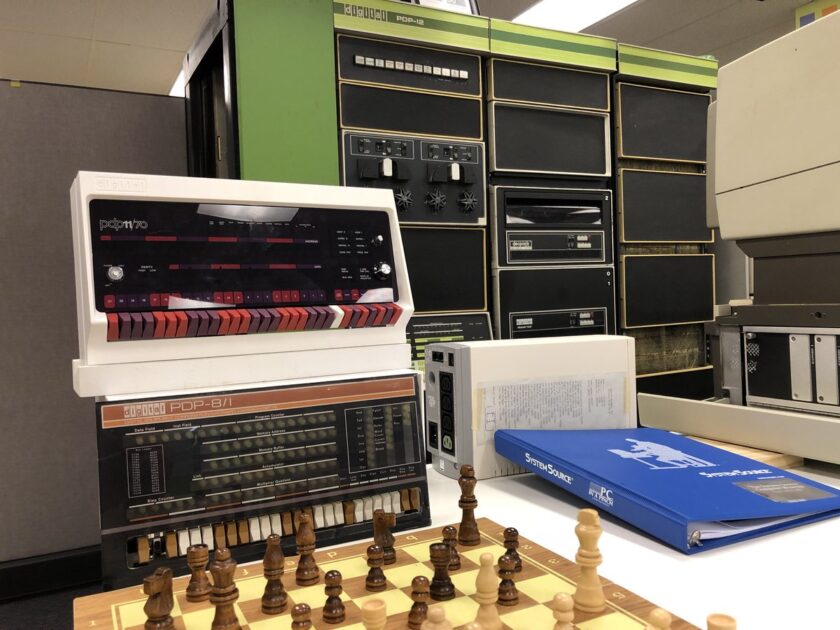






















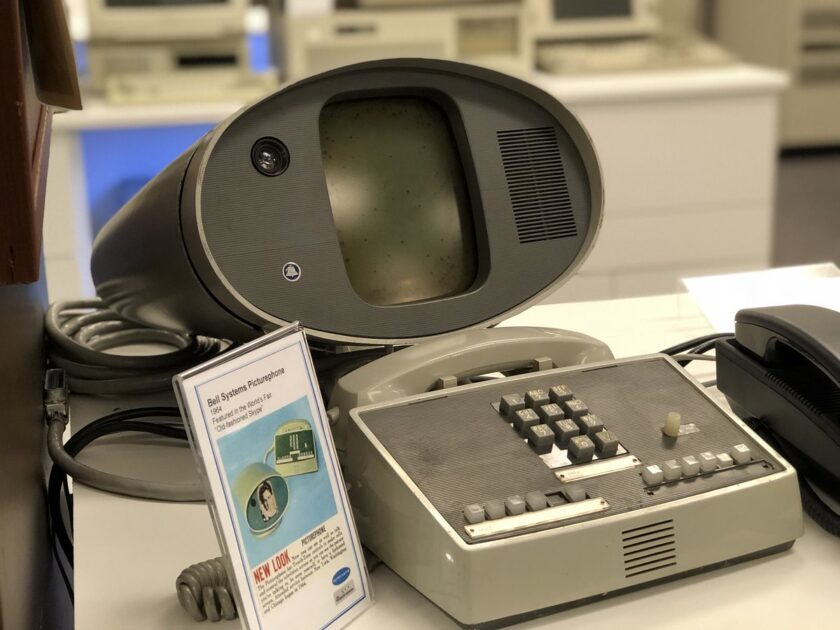







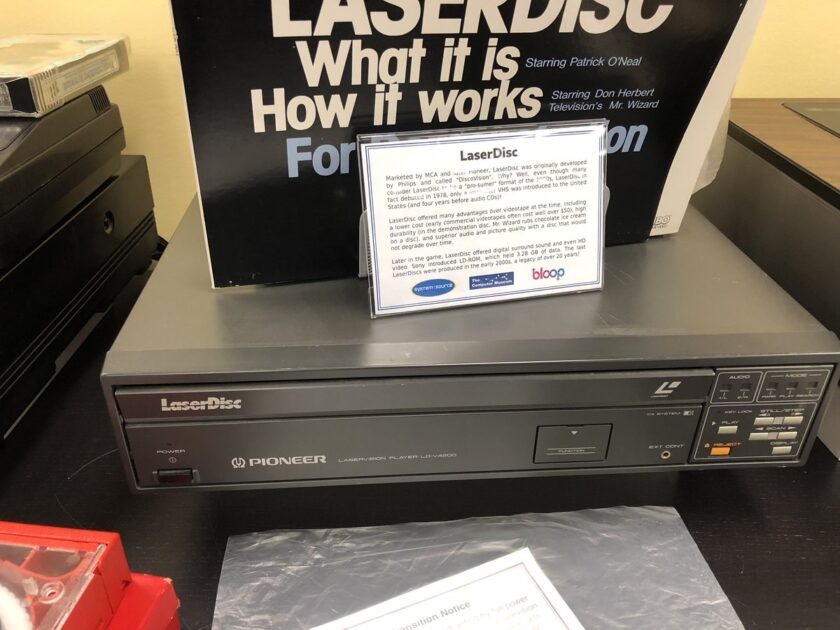




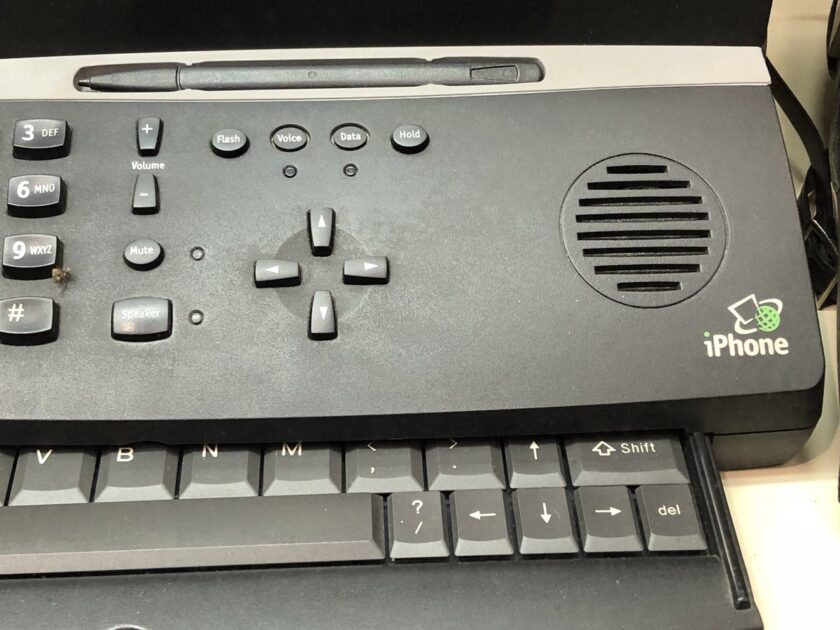






George
December 23, 2022 at 9:47pmThis is very cool! Do you happen to know the Apple model that is third from left in this photo (the rectangular one with the integrated monitor)? https://biosrhythm.com/wp-content/uploads/2022/12/1229038006344069120-EQ5rjLpWkAAQS8q.jpg If memory serves, that model was the first computer I ever used as a child, and I would love to know what it was.
paulrickards
December 23, 2022 at 9:57pmYes! That’s an Apple Lisa 2 (later called the the Macintosh XL if you got the upgrade kit).
George
December 24, 2022 at 11:50amThank you! In reading more about those models today, I think the one I used was the Lisa 2 rather than the Macintosh XL. Thank you again!
Chris Barnes
December 24, 2022 at 8:55amThis place is FANTASTIC!!! Thanks for all the photos! I see just about everything I touched in my childhood – from the original NES to the Apple IIe to all the later Macs my friends had but I couldn’t afford. This place is a trip!